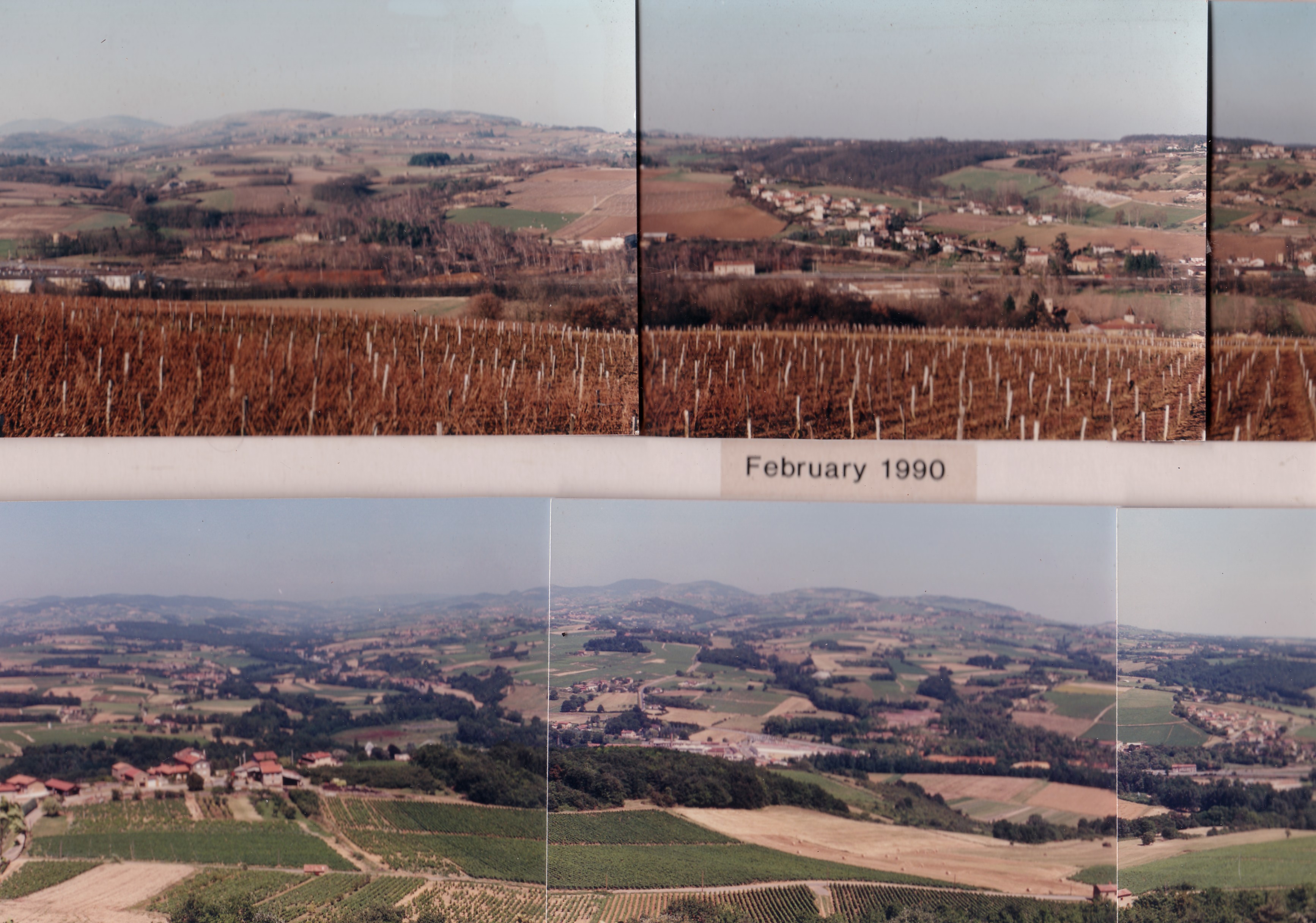
Country Experience France
My first work in France was to assist Aztec in the possible re-opening of the Chessy Mine, which never went ahead

The ore deposit of Chessy-les-Mines was mined for copper in the Middle Ages until 1875. It is a "stockwerk" mineralization with baryte, galena, sphalerite, and chalcopyrite hosted in altered soda-dacitic lavas near the Devonian Brévenne rift. This orebody was covered by Triassic sediments (clay and sandstone) which were mineralized in turn by hydrothermal fluids during their deposit. Then, primary sulphides were oxidized (during Eocene?) allowing the formation of secondary minerals of lead, zinc and especially copper (azurite, cuprite, malachite, agardite, chrysocolla …). It is these secondary minerals that have built the celebrity of the Chessy mines, thanks to superb specimens of azurite (called here "chessylite") displayed in many collections today. This reputation has been built from 1811 when the miners opened the famous "Blue Mine" which contained many vugs of azurite.
Later I worked with Eltin Contractors to re-open the polymetallic mine at Salsigne. Underground access was by decline. The French miners had red wine in their crib bags!
The old open pit mine at Salsigne
commuting each day from, Carcasonne.
An opencast gold mine
closed in 2004.
Located near Salsigne at the southern rim of the 'Montagne Noire' (meaning
'Black Mountain'), around 13 km N of Carcassonne.
West and south part located in Salsigne district. The ore was rich in arsenic
which presents as a hazardous by product in the gold recovery room: arsenic
trioxide powder.
I also visited a mine called St Salvy which was an underground uranium operation, discovered by the French Bureau Recherche Geologic et Mineralogic (BRGM).

Pyromorphite crystals from the mine Pb5(PO4)3Cl
The collegiate church of Saint-Salvi is located at Albi, on a mound, in the old center of the city. Dedicated to the first bishop of the city, it was built from the eleventh century on the site of his tomb. The material used is then white stone and the Romanesque style. In the thirteenth century, when the collegiate is remodeled and enlarged, red brick is used and the style is Gothic.
